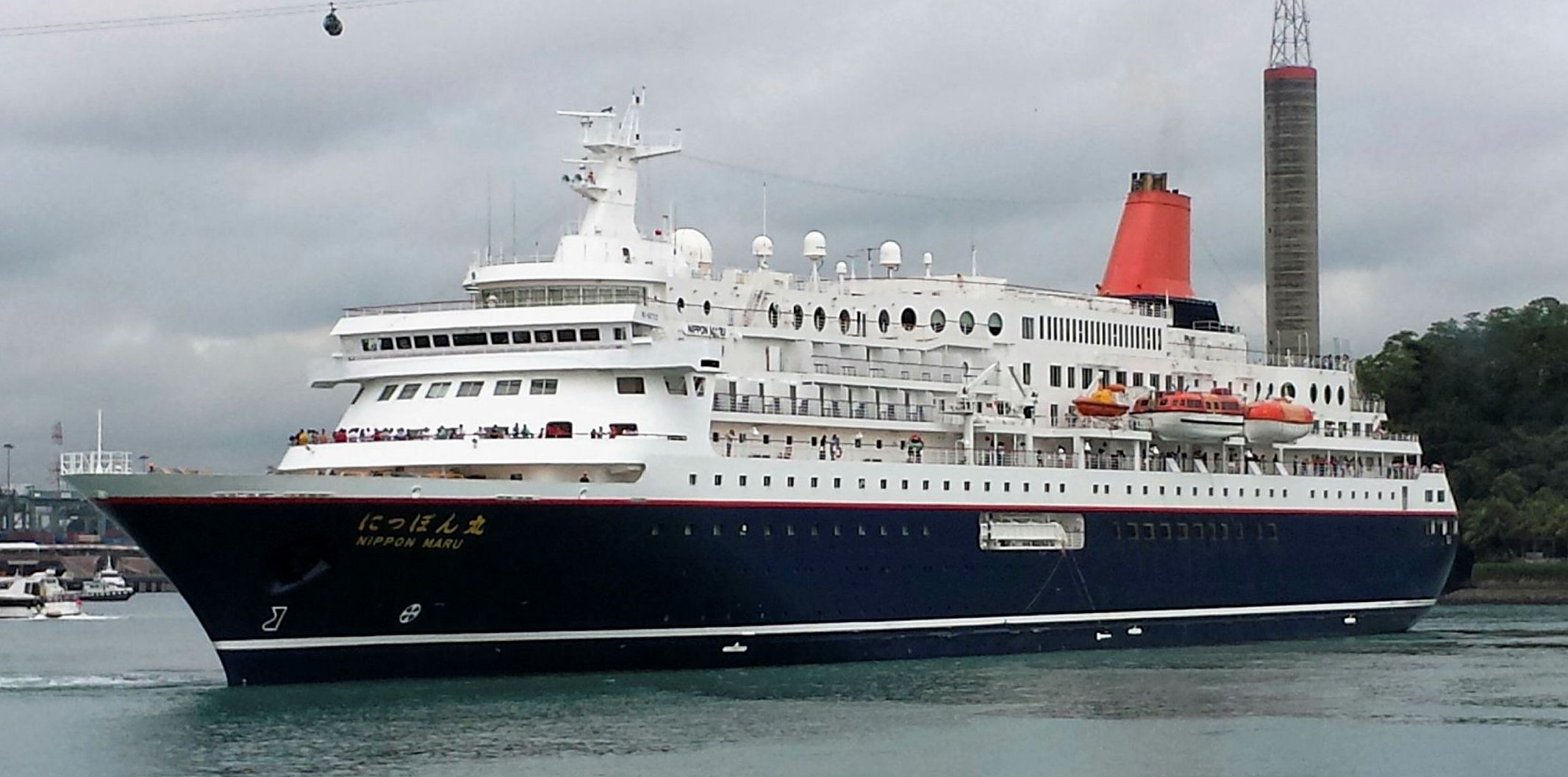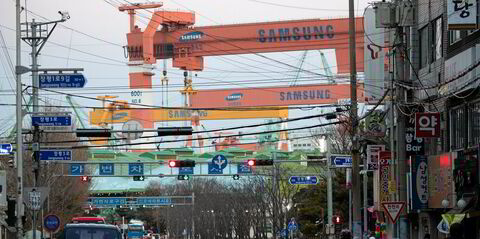The Japanese government has ended a near three-year ban on international cruise voyages with a resumption of sailings lined up as early as next month.
The ban was enforced in March 2020 after the 2,670-berth Diamond Princess (built 2004) was quarantined at the Port of Yokohama with a massive Covid-19 outbreak. The incident was eventually to claim the lives of 14 passengers.
Japan's Ministry of Land Infrastructure Transport and Tourism (MLIT) said it is ready to reopen the business again after it agreed Covid-19 guidelines with international, and Japanese, cruise and port associations.
Under the guidelines, crew must have been vaccinated against Covid-19 at least three times, and more than 95% of passengers at least twice.
Symptomatic passengers must also be tested and quarantined if positive.
Companies will be required to discuss docking protocols with port authorities before arrival.
Around 166 cruise trips have already been arranged by March next year.
The first trip is likely to be the MOL Passenger Lines 22,500-gt Nippon Maru (built 1990) which is scheduled to depart from the Yokohama on 15 December on a 48-day cruise to Singapore, Mauritius, Maldives and Madagascar. The vessel has been trading on domestic routes during the ban.
MOL said it would launch a cruise business to Mauritius as part of its efforts to help the country recover from the grounding of the 203,000-dwt bulk carrier Wakashio (built 2007).
NYK Line is marketing an Oceania Grand Cruise on the 50,400-gt Asuka II (built 1990) sailing to Australia and New Zealand in February and March next year.
Japan only started to allow foreign tourists into the country this year and has been relatively late in resuming its tourism business.
The MLIT said it hoped the resumption of the cruise business would contribute to the recovery of tourism in the country.
According to the MLIT in 2019, before the outbreak of the pandemic, there were 2,866 cruise calls to Japan attracting 2.1m foreign visitors to the country.
The MLIT calculates the cruise business brings around ¥80.5bn ($579m) worth of economic benefit to the Japanese economy.





